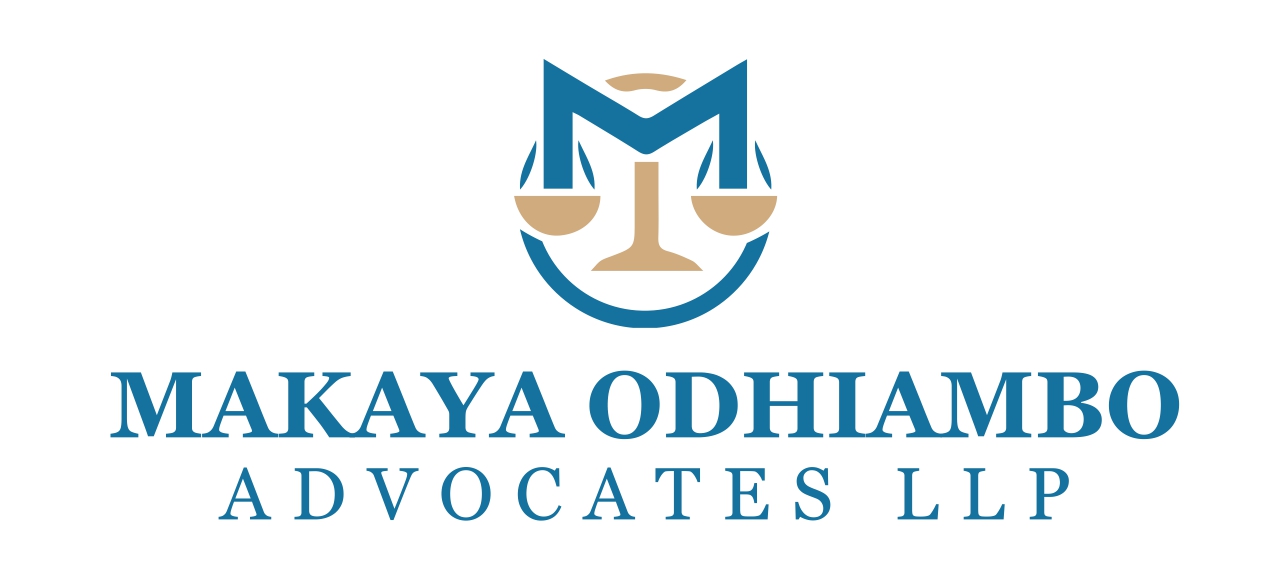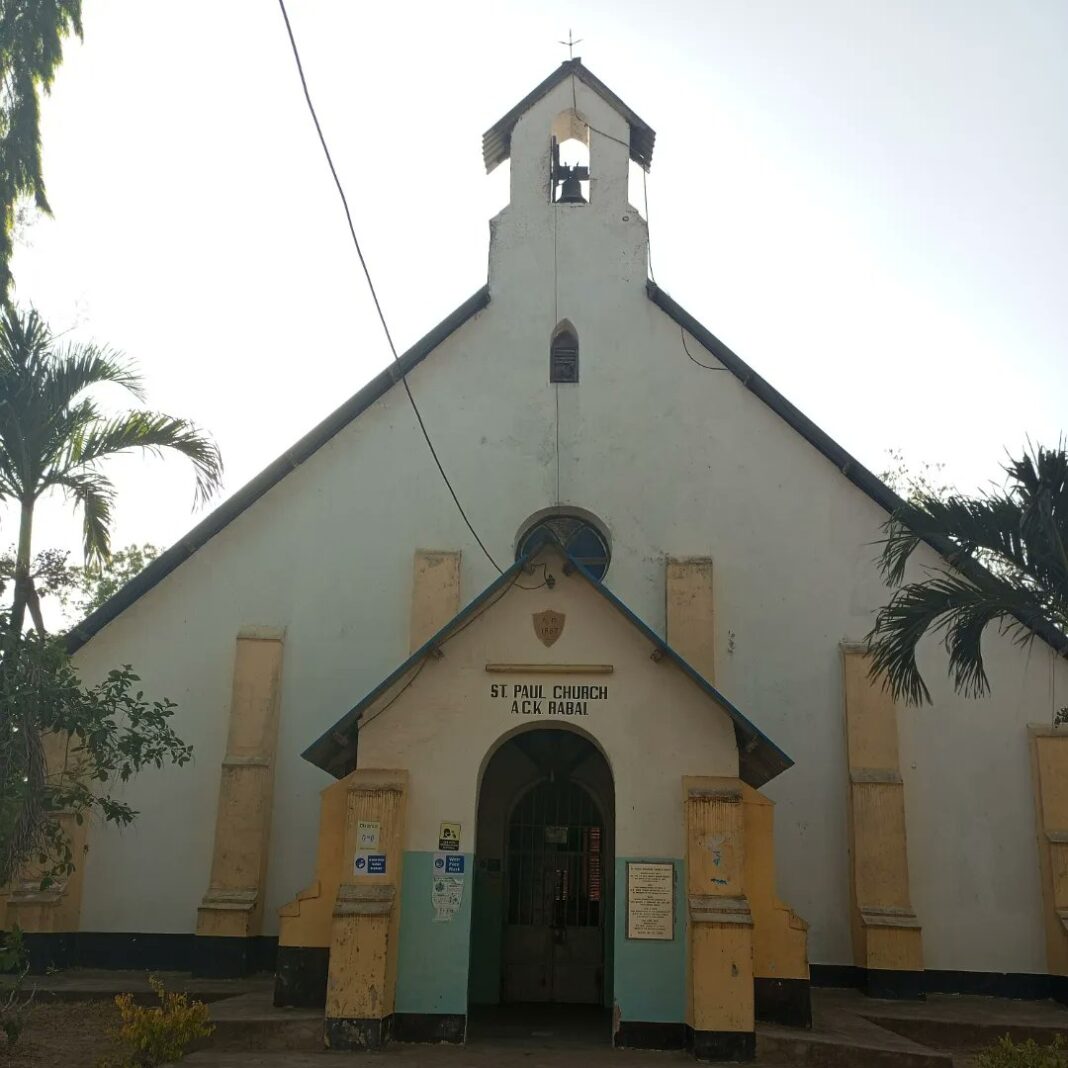Let us travel back in time, back to the late 1800s. A period of time when Africans still had the scourge of slavery meted out to them, albeit in its dying embers (at least officially). Now picture yourself as a freed slave rescued by British naval officers from a slave ship from Zanzibar on the Indian Ocean. Alternatively, you could be a runaway slave escaping from your master’s cruel hand just within our present Kenyan borders. Your ex-slave status will most probably have deprived you of your identity and roots. Tanganyika, Nyasaland (Malawi), Mozambique or Zambia could be too far off to retrace your steps back home. The common path your life would take is a struggle to belong in a ‘freeman’ community setting, missing out on basic privileges like ownership of land. That is what informed the establishment of Freretown by the British rescuers of slaves on the East African coast as a settlement for ex-slaves. To build a new community for the ex-slaves from scratch, shielding them from any potential prejudices of an already existing community suspicious of their culture or intentions. For all Freretown’s and its residents’ undeniable outstanding contributions to life in Mombasa, it is Rabai that offers the better lessons in ex-slaves finding somewhere they belong. This is the story of ‘WaMisheni’.

WaMisheni is the local terminology for ‘those of the Mission’, literally alluding to people staying in and around the Mission. In this particular case referring to the Church Missionary Society station in Rabai. 19th and early 20th century Rabai is described as ‘an extremely heterogeneous yet harmonious community’ in spite of clear contrasting forces; ‘Born free’ and ex-slave, European and African, Christian and Muslim, African tradition and modern religion. In other areas, ex-slaves were deemed free but were under direct control of the Missionaries economically and psychologically. This was not the case for WaMisheni. They succeeded in carving out an independent niche for themselves, greatly complimenting the existing Rabai community and the neighbouring Kambe. They integrated well with the existing Coastal culture and even achieved what to me would be an ex-slave’s ultimate dream, land ownership. WaMisheni also proved very resourceful with their knowledge in diverse disciplines, making them indispensable. A lot of things came together for this to happen.
First, the Rabai Mission didn’t have nearly as much land accorded to it as Freretown, which had 600 acres at its disposal (Freretown initially spanned all the way to Nyali, Mkomani and Kongowea area). Ultimately, the influx of ex-slaves had to result in them co-existing with the Rabai in the community land. Second, some of the ex-slaves were Muslim, coming from Muslim master-slave households. It is one thing to convert an African from his traditional beliefs to Islam or Christianity. It is a whole other journey having them convert to worshipping Allah, then midway tell them they missed just one small turn and they have to turn back to the Christian God. Or vice-versa. Indeed, by 1902, there was a Mosque built just a kilometer from the Mission and a Muslim cemetery nearby. Put simply, the Rabai Mission superseded religion, it was a safe haven over and above everything else. There was thus no room to superimpose on the ex-slaves as was evident elsewhere. Another factor was that some runaway slaves actually came from Mijikenda master-slave households (yes Mijikenda slave-owners did exist) and were no strangers to the Rabai way of life. Third and most importantly, the Rabai community actually saw need for the newcomers. At the time, insecurity was rife in that part of the Coast and the Rabai had pushed themselves further back into the interior to prevent enemy attacks. The arrival of the ex-slaves (numbering over 1,200) in and around the mission provided a ‘buffer’ or a defence front line. They settled in the vacated areas of Mwele, Jimba, Kaliang’ombe, Mgumopatsa, Kokotoni and Simakeni. The Rabai welcoming gamble paid off. WaMisheni notably partnered with the Rabai to push out Kwavi rustlers in 1882 and Mbaruk bin Rashid’s mercenaries in both 1882 and 1895, with the aid of rifles from the Mission station.
WaMisheni arrived in Rabai at a time when the community was almost entirely dependent on the coconut tree for their basic needs and trade. By 1850, the Rabai were already the premier producers of coconut products around the Coast and the mnazi (palm wine) trade was thriving. Ludwig Krapf when he lived with the Rabai, noted that whatever they did not produce, they acquired from other communities by selling mnazi. WaMisheni brought the knowledge of distilling surplus mnazi into ‘piwa’, a clear and potent form of the drink that increased its shelf-life. It is not clear where that knowledge originated from but it was an invaluable addition to the mnazi trade. ‘Piwa’ is still taken today. Missionaries adopted a ‘hands-off approach’ to the ex-slaves’ participation in the liquor business, perhaps as a means to afford them their own livelihood, something they had been preaching against to the Rabai community, before the arrival of the ex-slaves. WaMisheni were also very capable farmers, many having learnt from their time as slaves working in the fields. They planted mangoes, oranges, cereals and vegetables in their new settlements. The late 19th century and early 20th century was a time of bountiful harvest in Rabai land. It was a win-win situation for all involved.
Added to that, WaMisheni came with them a fascination that drew large crowds at the Mission station, drum dances and magic. Two in particular, Brown Baraka and ‘Bemaasai’ are named as magicians who showcased spectacular acts. The two are said to have been able to set their fingers on fire, transmogrify (to transform in a magical way) and travel great distances in seconds. Before we rubbish it all, tales of transmogrifying and travelling great distances in seconds are not news to the Mijikenda, especially those in touch with their history. Mekatilili and Wanje Wa Mwadori’s tale of escape from a cell in Kisii back to Kilifi personifies whatever Brown Baraka and Bemaasai were said to have been showcasing. Whether the abilities were brought from Nyasaland and the other lands the ex-slaves called home or are innately present in almost all African cultures is a debate belonging in a spiritual realm we have presently lost knowledge of over time.
It is important to point out that in some cases, two things could happen for WaMisheni to be assimilated into a Rabai clan/family, intermarry and for their descendants to fully identify as Rabai. The first was they had to pay their way to such privileges, clan elders being the recipients of the fees. The second and for me the most binding, was ‘kurya tsoga’. The literal translation is ‘to eat where one is cut’, a blood oath. Two people drawing blood from themselves through a cut by a knife (could be on a thumb) and the other party having to partake of the counterpart’s blood. A bond created before man and the gods. For two people to arrive at this level, a strong tried and tested friendship must have developed, in this case between a native Rabai and an ex-slave. A start does not define a finish, luck turned for most if not all WaMisheni. Many of them and their descendants benefited from the education at the Mission school and were absorbed into local administration, a key area being working in the field of telegraphy and manning posts along the railway all the way to Uganda. Their story will keep being told.
Sources:
‘The End of Slavery in Africa’ by Suzanne Miers, Richard L. Roberts.
Includes a list of the orally interviewed sources for the book, in 1980. Comprising of locals around Rabai area, important to give them their due credit.
SUPPORT: We are a non-funded entity kept alive solely by our readers’ thirst for the undocumented and not adequately documented aspects of our past. The logistics of getting these stories can sometimes be a challenge. We would appreciate your support. To support Pwani Tribune’s history and culture research plus content creation…M-PESA till number: 8627478 Contact: +254726860693



